Just as Silicon Valley emerged from Cold War R&D, semiconductors, and startup culture, the next global innovation epicenter will be built around the longevity economy.
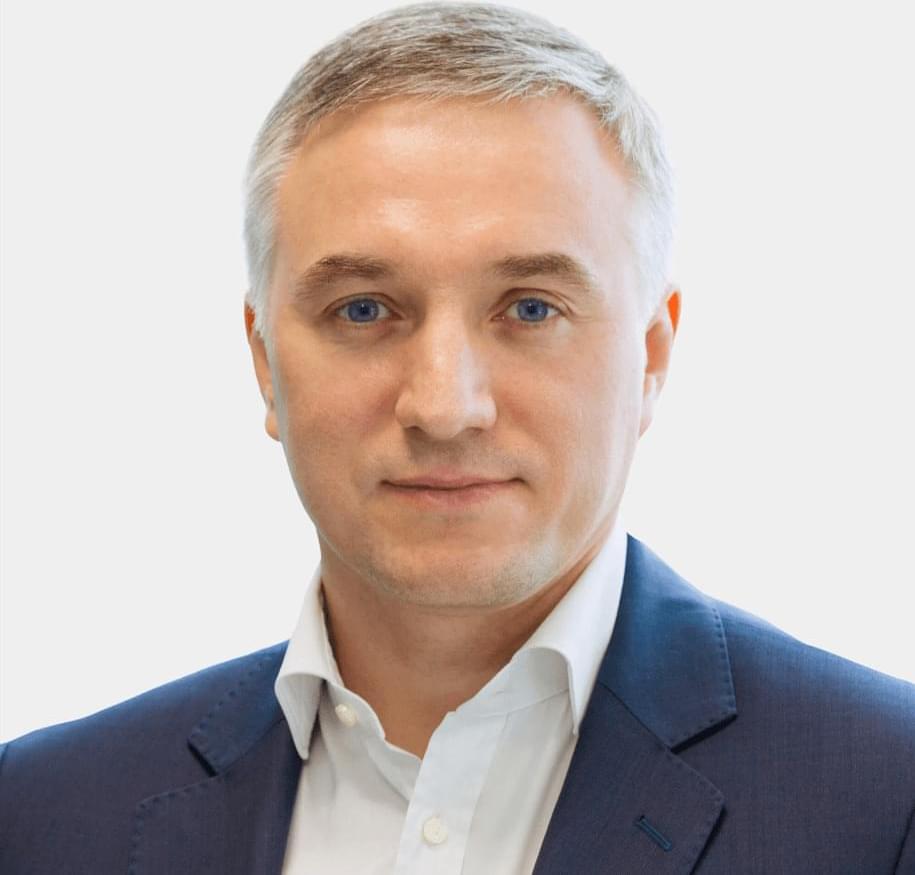

Universal basic income, or UBI, has been floated as a potential solution for the coming AI revolution. But experts warn it’s far from a perfect fix
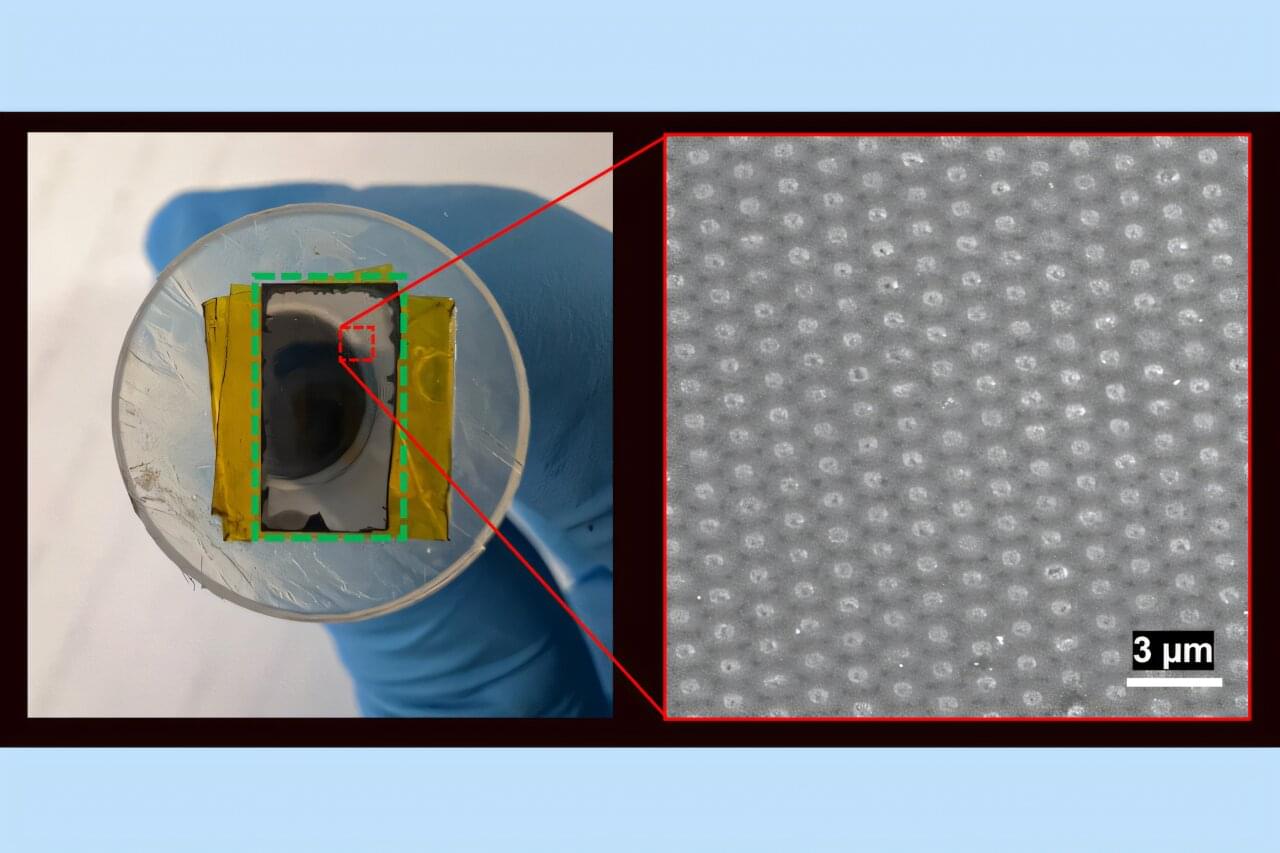
Palladium is one of the keys to jump-starting a hydrogen-based energy economy. The silvery metal is a natural gatekeeper against every gas except hydrogen, which it readily lets through. For its exceptional selectivity, palladium is considered one of the most effective materials at filtering gas mixtures to produce pure hydrogen.
Today, palladium-based membranes are used at commercial scale to provide pure hydrogen for semiconductor manufacturing, food processing, and fertilizer production, among other applications in which the membranes operate at modest temperatures. If palladium membranes get much hotter than around 800 Kelvin, they can break down.
Now, MIT engineers have developed a new palladium membrane that remains resilient at much higher temperatures. Rather than being made as a continuous film, as most membranes are, the new design is made from palladium that is deposited as “plugs” into the pores of an underlying supporting material. At high temperatures, the snug-fitting plugs remain stable and continue separating out hydrogen, rather than degrading as a surface film would.
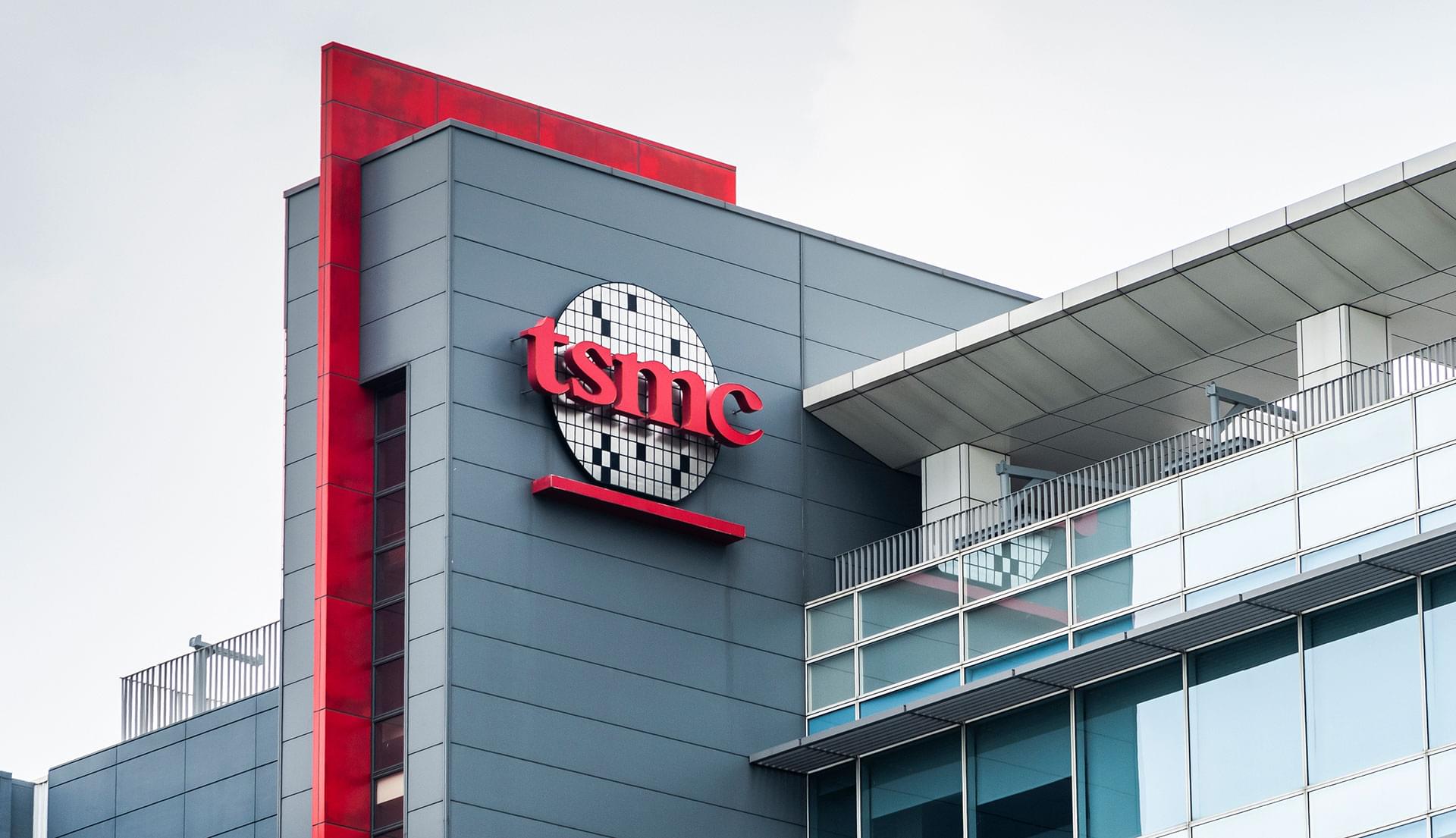
TSMC plans to accelerate US manufacturing, with its new Arizona fab now expected to introduce high-end nodes, such as the A16, significantly ahead of the original timeline.
For those unaware, there’s still a concern by the US administration around TSMC’s operations in the US and Taiwan, and according to Commerce Secretary Howard Lutnick, the USG is now demanding that TSMC produce ‘50% of its total chip capacity’ in America, to ensure that the nation is safeguarded from geopolitical tensions between China and Taiwan. According to a report by the Taiwan Economic Daily, the new Arizona Fab 3 is set to introduce 2nm and A16 in America by 2027, a year ahead of the original timeline.
TSMC is currently pursuing mass production of 4nm in its Arizona facility, and 3nm production lines are also being laid, with production expected to commence by year-end. More importantly, TSMC plans to introduce both 2nm and A16 (1.6nm) with TSMC’s fourth Arizona fab by 2027, which means that relative to Taiwan, the US will just be a year behind, which is a considerable progress in just a span of ‘few months’. In general, TSMC’s 2nm production is slated for next quarter, while A16 will be introduced around H2 2026.
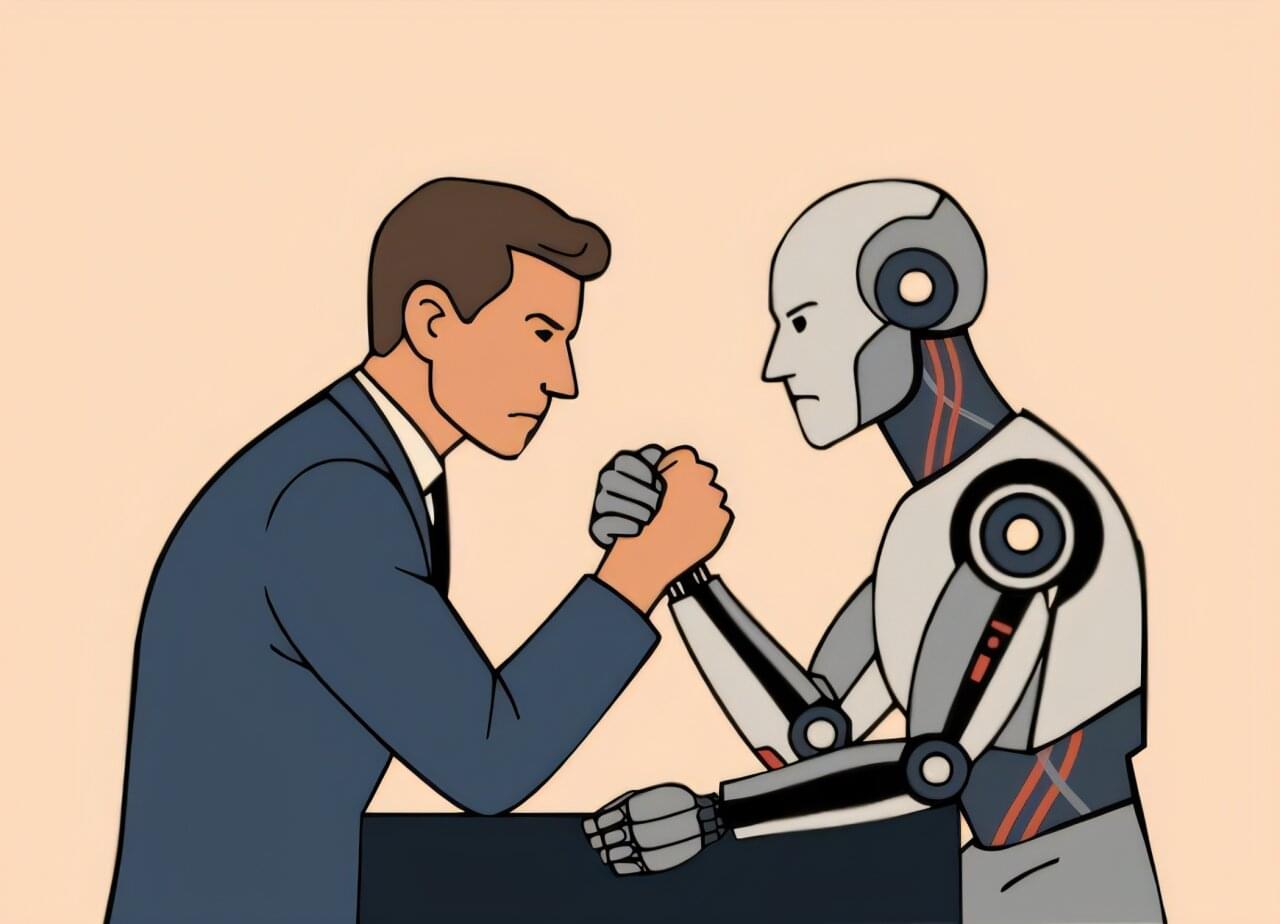
Are you worried that artificial intelligence and humans will go to war? AI experts are. In 2023, a group of elite thinkers signed onto the Center for AI Safety’s statement that “Mitigating the risk of extinction from AI should be a global priority alongside other societal-scale risks such as pandemics and nuclear war.”
In a survey published in 2024, 38% to 51% of top-tier AI researchers assigned a probability of at least 10% to the statement “advanced AI leading to outcomes as bad as human extinction.”
The worry is not about the Large Language Models (LLMs) of today, which are essentially huge autocomplete machines, but about Advanced General Intelligence (AGI)—still hypothetical long-term planning agents that can substitute for human labor across a wide range of society’s economic systems.

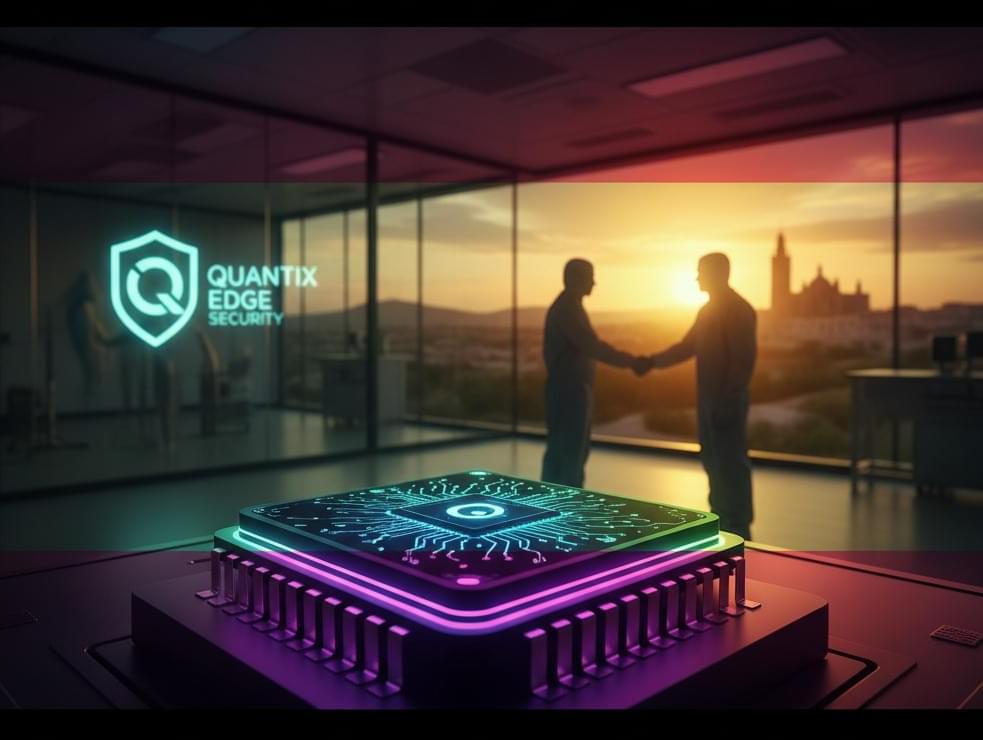
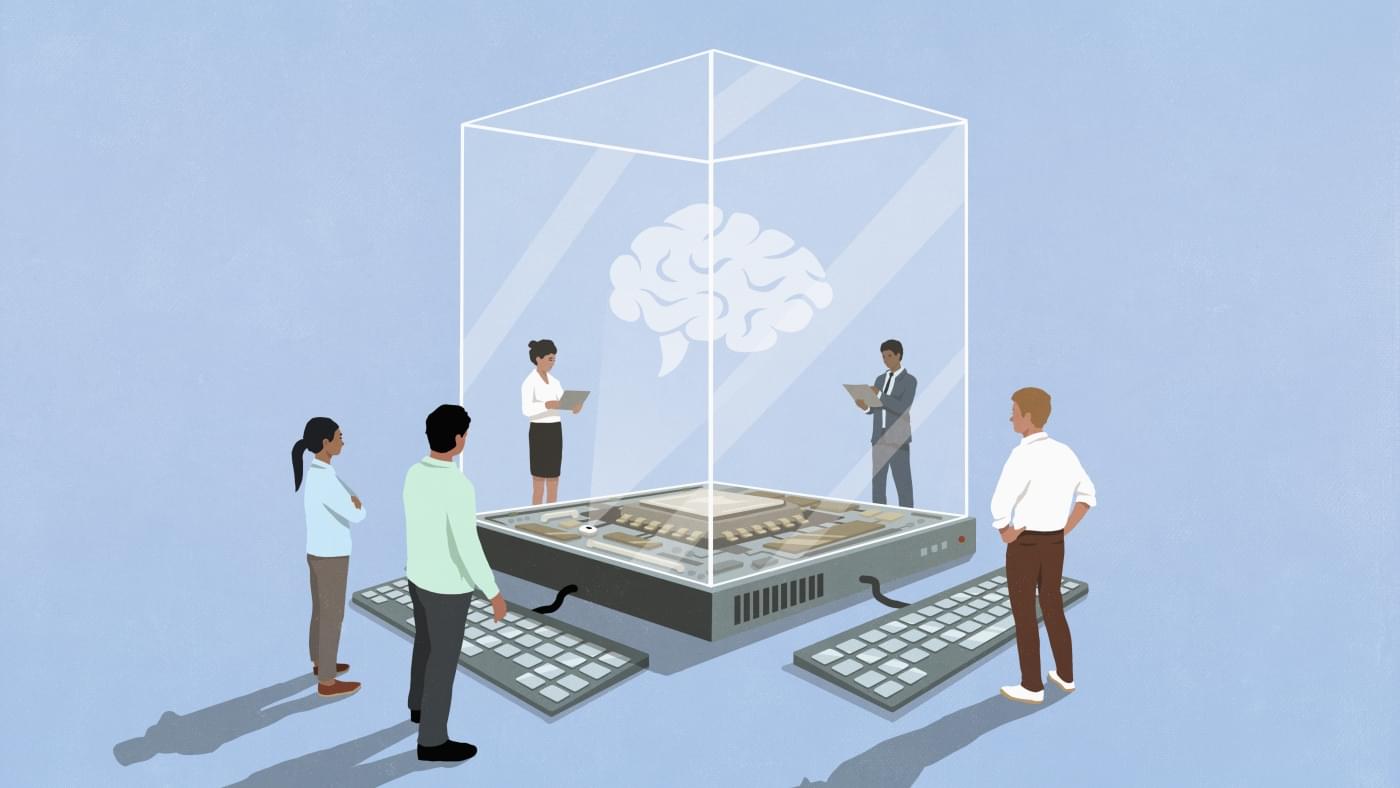

OpenAI and NVIDIA today announced a letter of intent for a landmark strategic partnership to deploy at least 10 gigawatts of NVIDIA systems for OpenAI’s next-generation AI infrastructure to train and run its next generation of models on the path to deploying superintelligence. To support this deployment including data center and power capacity, NVIDIA intends to invest up to $100 billion in OpenAI as the new NVIDIA systems are deployed. The first phase is targeted to come online in the second half of 2026 using the NVIDIA Vera Rubin platform.
“NVIDIA and OpenAI have pushed each other for a decade, from the first DGX supercomputer to the breakthrough of ChatGPT,” said Jensen Huang, founder and CEO of NVIDIA. “This investment and infrastructure partnership mark the next leap forward — deploying 10 gigawatts to power the next era of intelligence.”
“Everything starts with compute,” said Sam Altman, cofounder and CEO of OpenAI. “Compute infrastructure will be the basis for the economy of the future, and we will utilize what we’re building with NVIDIA to both create new AI breakthroughs and empower people and businesses with them at scale.”

Integration into a quantum money protocol shows that memories can now handle very demanding applications for quantum networking.
Researchers at the Kastler Brossel Laboratory (Sorbonne Université, CNRS, ENS-Université PSL, Collège de France), together with colleagues from LIP6 (Sorbonne Université, CNRS), have taken a major step forward in quantum technology: for the first time, they have integrated an optical quantum memory into a cryptographic protocol. This achievement, based on Wiesner’s unforgeable quantum money scheme, demonstrates that quantum memories are now mature enough to operate under very demanding conditions for networking.
In a study published on September 19 in Science Advances, the Paris team implemented Wiesner’s quantum money, a foundational idea in quantum cryptography that relies on the no-cloning theorem to prevent counterfeiting. Unlike previous demonstrations that bypassed storage, this experiment incorporated an intermediate memory step—an essential capability for real-world applications where quantum data must be held and released on demand.